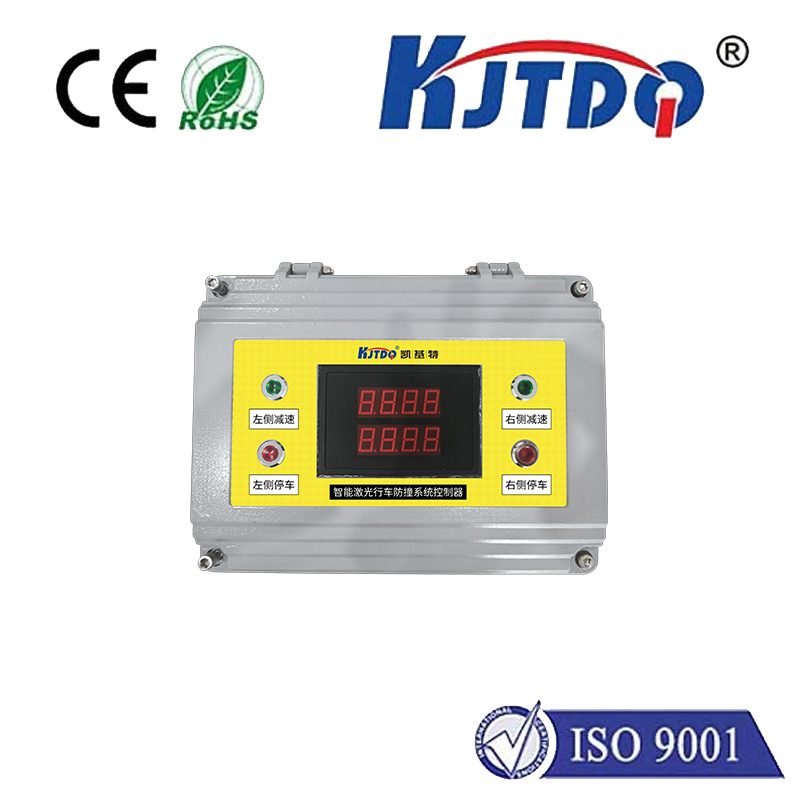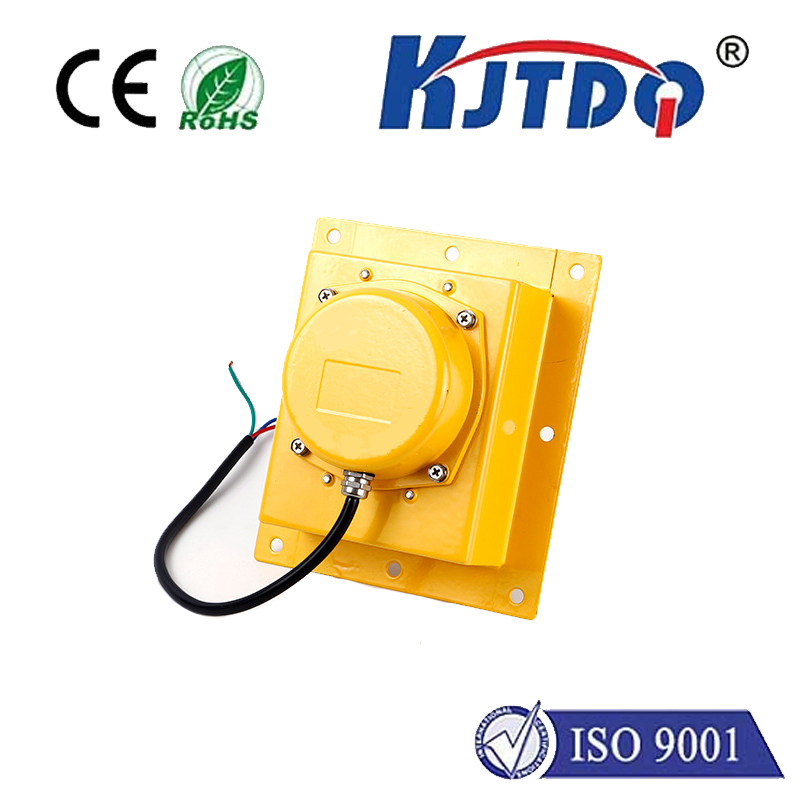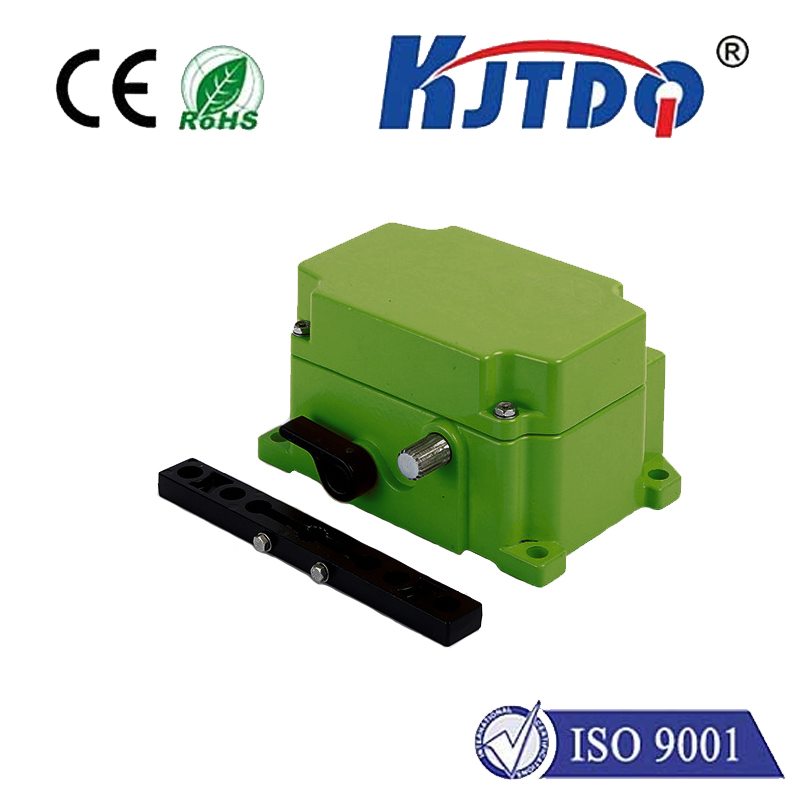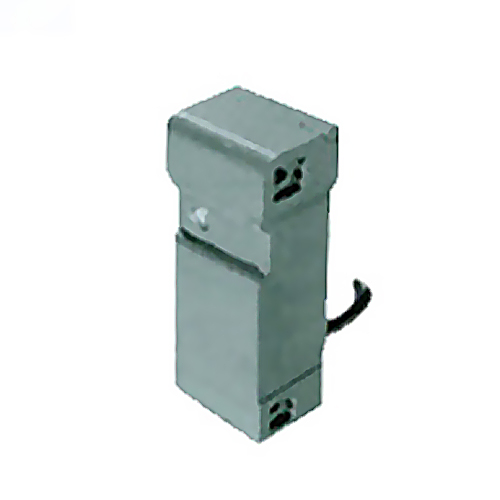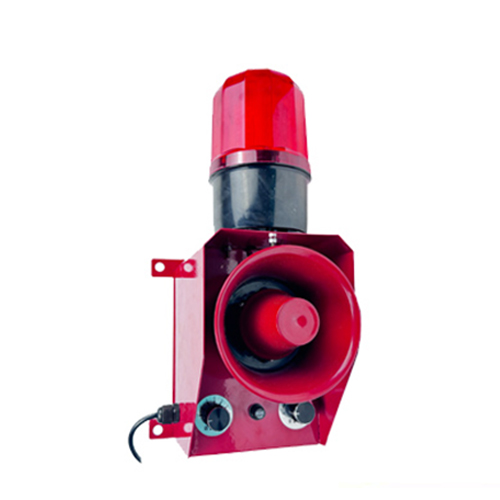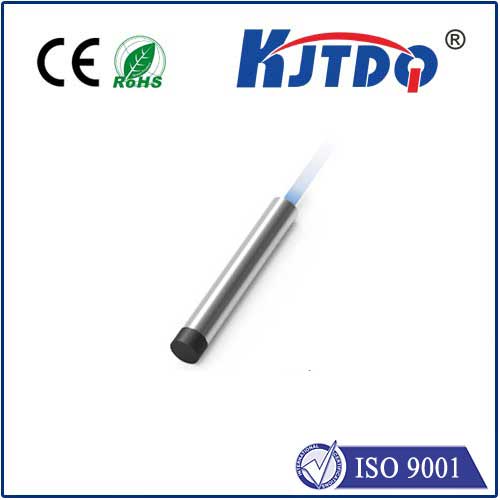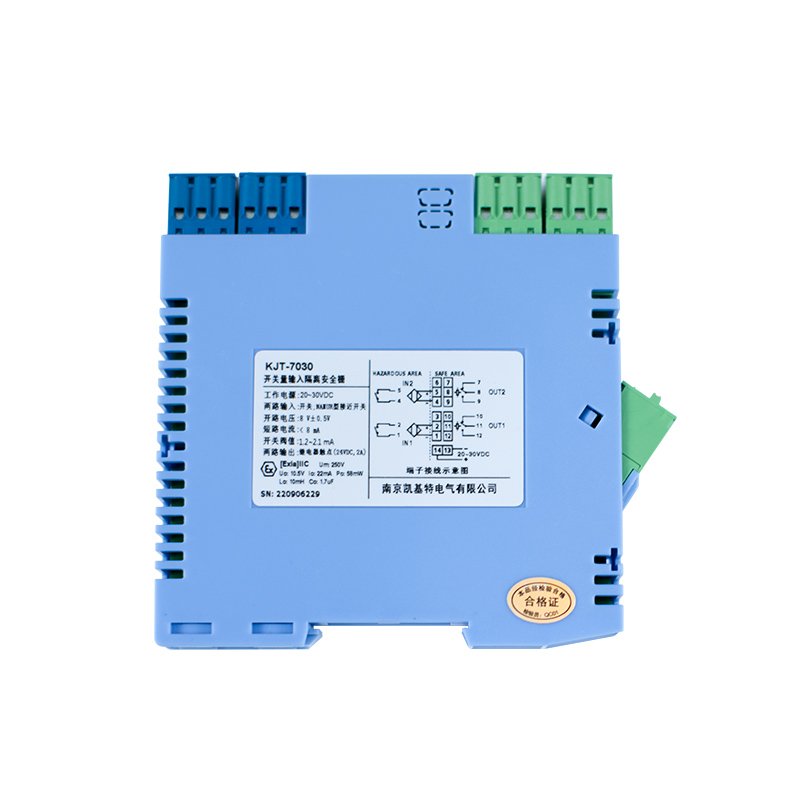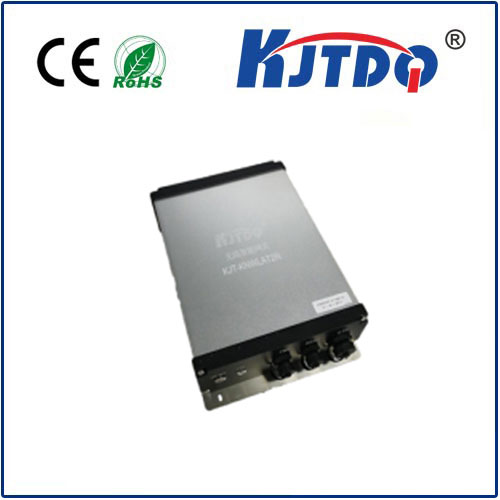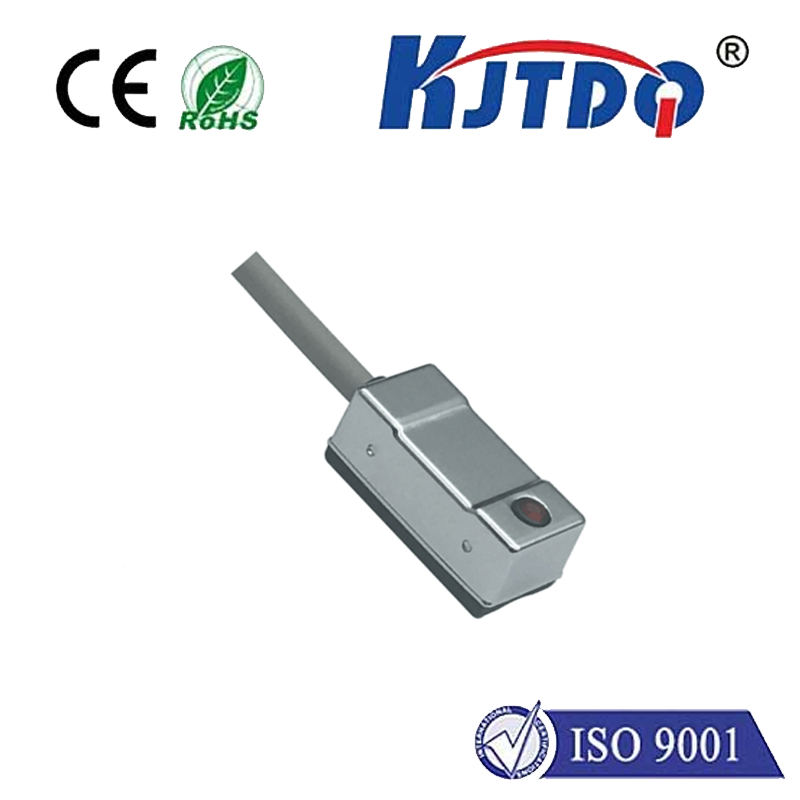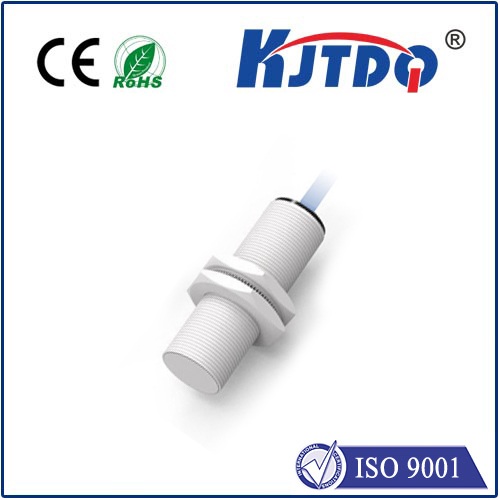BES0534 high pressure proximity sensor
- time:2025-10-15 00:05:07
- Click:0
BES0534: Conquering Extreme Environments with Reliable High Pressure Proximity Detection**
Imagine a deep-sea oil rig grappling with crushing ocean pressure. Or a hydraulic testing facility pushing systems to their absolute limits. In these unforgiving environments, ordinary sensors falter. What you need is a sentinel built for the extremes, capable of delivering unwavering performance where pressures soar. That’s where specialized components like the BES0534 High Pressure Proximity Sensor step onto the stage, engineered to defy the odds and deliver critical detection where others cannot.
Moving beyond standard proximity sensors, the BES0534 represents a category designed explicitly for resilience. Its core function remains detecting the presence or absence of a nearby object without physical contact – typically leveraging robust inductive sensing technology, renowned for its durability and immunity to dirt, dust, and moisture. But the defining characteristic, signified unequivocally by “High Pressure,” is its ability to operate flawlessly in environments subjected to immense external or internal pressure forces that would cripple conventional sensors.
Why Pressure Matters So Much in Proximity Sensing
Pressure isn’t just a number; it’s a force exerting itself on every component. For proximity sensors embedded within hydraulic cylinders, submerged in deep tanks, monitoring high-pressure valves, or integrated into heavy industrial presses, this force is a constant threat:
- Seal Failure: Standard sensor seals can deform or rupture under extreme pressure, allowing media ingress leading to catastrophic failure and potential system contamination.
- Housing Deformation: Sensor housings, if not engineered for high pressure, can warp or crack, compromising internal components and overall integrity.
- Connection Vulnerabilities: Cables, cable entries, and electrical connections become critical failure points if not pressure-rated.
- Internal Component Stress: Pressure waves can transmit through fluids or structures, stressing sensitive internal electronics beyond their design limits.
The BES0534 High Pressure Proximity Sensor: Engineered for Resilience

The BES0534 specification implies a sensor meticulously engineered to combat these challenges. Key design features inherent to such high-pressure proximity sensors include:
- Specialized High-Pressure Housing: Constructed from high-grade stainless steel (often 316L for superior corrosion resistance) capable of withstanding significant external pressure loads without deformation. The robust construction forms the primary barrier against the hostile environment.
- Advanced Sealing Technology: Utilizing multiple, redundant, or specialized high-pressure seals (e.g., metal-to-metal, high-durometer O-rings in precisely machined grooves). This creates multiple barriers preventing fluid or gas ingress under sustained high pressure. An IP69K rating (or equivalent high-pressure washdown/immersion rating) is often a hallmark of such sensors.
- Pressure-Compensated Design: Sophisticated designs may incorporate internal mechanisms to equalize pressure or utilize fillings resistant to compression shifts, ensuring internal electronics are protected from pressure-induced stresses.
- Ruggedized Internal Components: Reinforced electronics, often using ceramic capacitors and specialized potting compounds, are employed to withstand the mechanical stresses and potential pressure transients inherent in these demanding applications.
- Secure, Pressure-Rated Connections: Utilizing robust, leak-proof connectors (like M12x1) with appropriate sealing and often stainless steel nuts to ensure the electrical interface remains sealed under pressure. Cable glands designed for high pressure are crucial.
Where the BES0534 Excels: Critical Applications
The unique capabilities of a sensor like the BES0534 make it indispensable in numerous high-stakes sectors:
- Hydraulic Systems: Monitoring piston position inside high-pressure cylinders, detecting valve spool position, confirming actuator end-of-stroke within hydraulic power units operating at thousands of PSI/Bar.
- Oil & Gas Exploration/Production: Downhole tools, blowout preventers (BOPs), high-pressure wellhead monitoring, subsea equipment – where pressures can be immense.
- Power Generation: Steam and gas turbine monitoring, high-pressure boiler systems, critical valve position feedback.
- Industrial Presses & Molding: Monitoring platen position, die closure, and component presence within massive presses generating huge forces.
- High-Pressure Testing Rigs: Providing reliable position feedback during destructive or functional testing of components under extreme pressure loads.
- Chemical & Petrochemical Processing: Monitoring valves and actuators on lines carrying aggressive, high-pressure media.
Beyond Pressure: The Core Proximity Advantage
While pressure resistance is its defining superpower, the BES0534 fundamentally remains a highly capable proximity sensor. Utilizing inductive technology, it offers numerous inherent benefits:
- Non-Contact Sensing: Eliminates wear and tear on both the sensor and target object.
- High Switching Frequencies: Capable of detecting very rapid target movements.
- Robustness & Long Life: No moving parts subject to mechanical failure.
- Immunity to Contaminants: Resists dust, dirt, oil, and coolants (within its environmental specs).
- Reliable Operation: Provides consistent, repeatable detection in harsh conditions.
Choosing the Right Sensor: The BES0534 Context
The designation “BES0534” typically signifies a specific model within a manufacturer’s line (commonly associated with Balluff sensors). When considering a sensor like this, it’s vital to:
- Verify Pressure Specifications: What is the maximum rated pressure (static and dynamic)? What pressure test standards does it meet (e.g., ASTM, ISO)? Is it rated for external pressure, internal pressure, or both?
- Confirm Media Compatibility: Ensure the housing material (e.g., stainless steel grade) and seals are compatible with the surrounding environment (fluids, gases, cleaning agents).
- Check Electrical Specifications: Required voltage (e.g., 10-30V DC), output type (NPN/PNP, NO/NC), sensing range, and connection type (cable or connector).
- Evaluate Environmental Factors: Temperature range, vibration resistance, shock resistance, and the required ingress protection level (like IP69K).
Ensuring Peak Performance Under Pressure
Implementing a high-pressure sensor like the BES0534 requires attention to detail:
- Proper Installation: Follow the manufacturer’s torque specifications for mounting and connecting. Incorrect torque can damage seals or housing threads.
- Avoid Snag Points: Ensure cables are routed safely away from pinch points and abrasion risks.
- Regular Inspection: Periodically check for physical damage, corrosion, and the integrity of seals and connections, even though these sensors are designed for longevity.
In the relentless landscape of high-pressure industrial automation, the BES0534 High Pressure Proximity Sensor stands as a testament to precision engineering. It’s not merely a component; it’s a critical safeguard, enabling reliable position and presence detection precisely where the forces of nature or machinery are most intense. By mastering the immense challenge of pressure, it provides the indispensable reliability needed to maintain efficiency, safety, and control within the most demanding applications on the planet.






